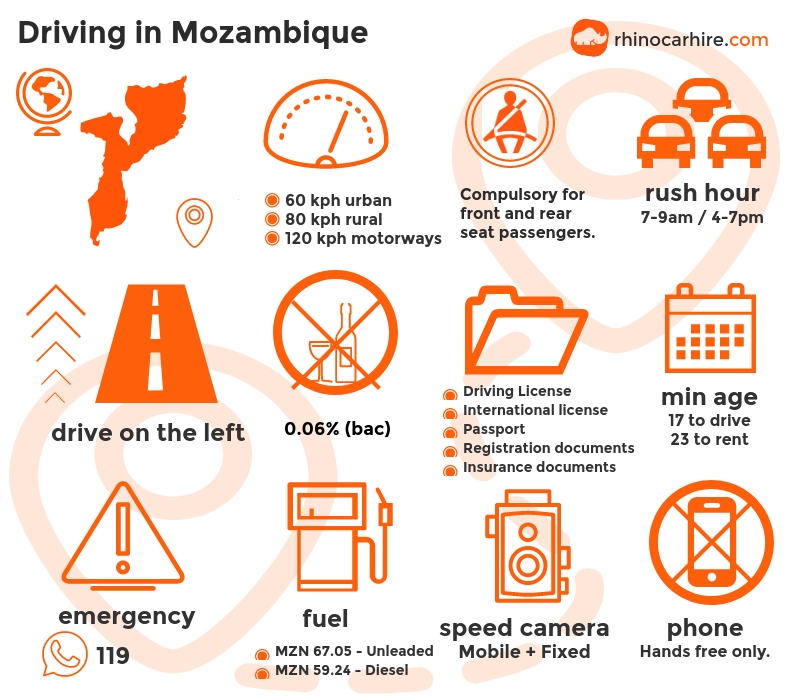

This signal may be harder to see compared to the left turn hand signal so make your arm as visible as possible. Again, make you’re your signal is obvious to other drivers. The hand signal for making a right turn is sticking your arm out in an ‘L’ shape.
#HAND SIGNALS FOR DRIVING TEST DRIVERS#
Start signaling at least 100 feet before you make the turn or lane change to give the other drivers enough notice. Make sure your arm is perfectly straight so that other drivers know that you are signaling and not just sticking your hand out the window. In case your turn signal is not working, the hand signals for making a left turn or lane change is sticking your left arm straight out your window. Even if you have already taken your driving test, it is important to remember these signals in case you need to use them.

In the event that your turn signals or brake lights malfunction, these signals serve the same function. Reach out to us today at 1-86 to get connected with a Bike Law Lawyer today.Hand signals are an important part of driving.ĭuring your driving test, you will be required to know the hand signals that alert other drivers of your intentions.

Instead, we are a network of independent lawyers and law firms, all of whom share a passion for cycling. After being struck by a car, you may be dealing with painful physical injuries as well as ongoing trauma. There are few things more devastating to a cyclist than being injured in a bike crash. Hurt in a Bike Crash? Reach Out to the Bike Law Network Today.

To indicate that you are stopping or slowing down, simply extend your left arm out, and bend your arm down at a 90-degree angle, with your hand open. The most common hand signal used by cyclists is the “stop.” This signal is necessary because – unlike motor vehicles – most bikes don’t have brake lights. Whichever method you use, be sure to make the signal about 100 feet before turning, and leave your arm extended for about 3 seconds. Instead, to signal a right turn, extend your left arm out to the side and turn your arm up at a 90-degree angle. Some states do not allow this type of signal. The first, and most frequently used, is to simply extend your right arm out to your side – just as you would for a left turn, on the opposite side. There are two ways to signal e a right turn. Make this signal approximately 100 feet before you turn, to alert others and so that you can get your hands back onto your bike as you turn. To signal a left turn, fully extend your left arm out to your side. Hold the signal for about 3 seconds before making your turn or coming to a stop. This gives other drivers and cyclists time to react and gives you the chance to put both hands back on the handlebars as you turn or stop. When possible, signal about 100 feet before you intend to turn or stop. This gives you a better idea of what is happening on the road around you – and increases the likelihood of them noticing your signals. For each, make sure that you look back quickly and make eye contact with others on the road. The Bike Hand Signals That You Need to Knowīelow are three primary bike hand signals that you should use. If you’re group riding in a peloton or simply in an area where a lot of people are cycling, using hand signals can warn them of your intention to stop, slow down, or turn – giving them the time that they need to react appropriately. While there is still a chance of a motor vehicle driving carelessly and hitting you while you’re on your bike, signaling your intentions can make this possibility less likely.īeyond motorists, learning signals is vital to the safety of other bicyclists. While there are many possible causes of these accidents, like potholes and poor road conditions, many crashes occur because of misunderstandings between motorists and cyclists.īike hand signals are a way to reduce the risk of being hit by a car. In 2015 alone, more than 1,000 bicyclists died and almost 467,000 bicyclists suffered injuries in accidents and crashes. Below, we outline the top three signals that you need to know to stay safe on the road and ensure predicting riding. If you aren’t using bike hand signals, now is the perfect time to start. Learning three basic bike hand signals can protect you from danger and help to prevent bike crashes. Although these laws regarding bike hand signals are rarely enforced, using hand signals is incredibly important for all bicyclists, as a way to alert others of their intended movements. This includes the importance of signaling your intentions when you are turning or changing lanes.Īcross the United States, bicyclists are required to use signals to let others know what they plan to do. Before you get a driver’s license, you typically have to take a test that demonstrates your understanding of the rules of the road.


 0 kommentar(er)
0 kommentar(er)
